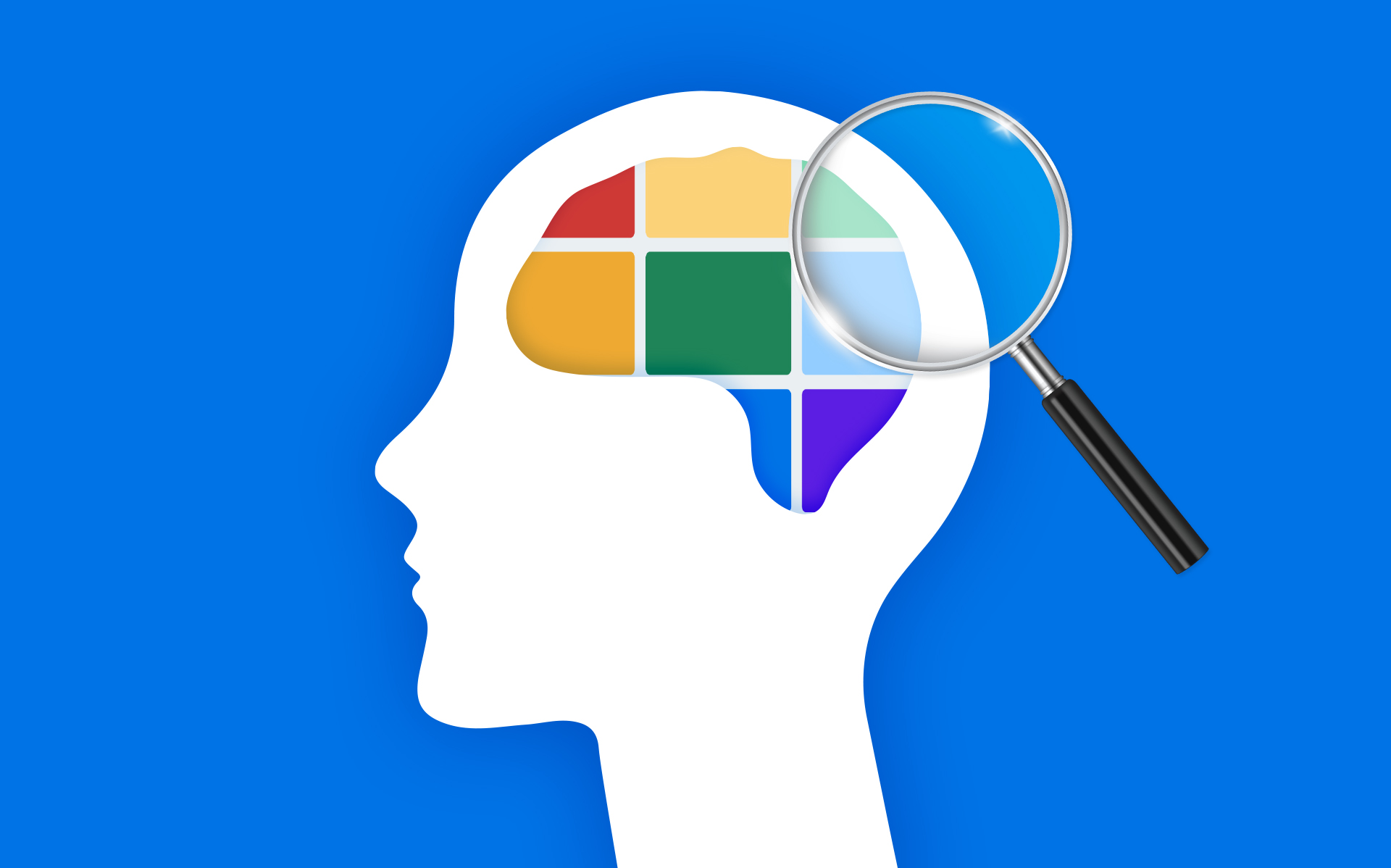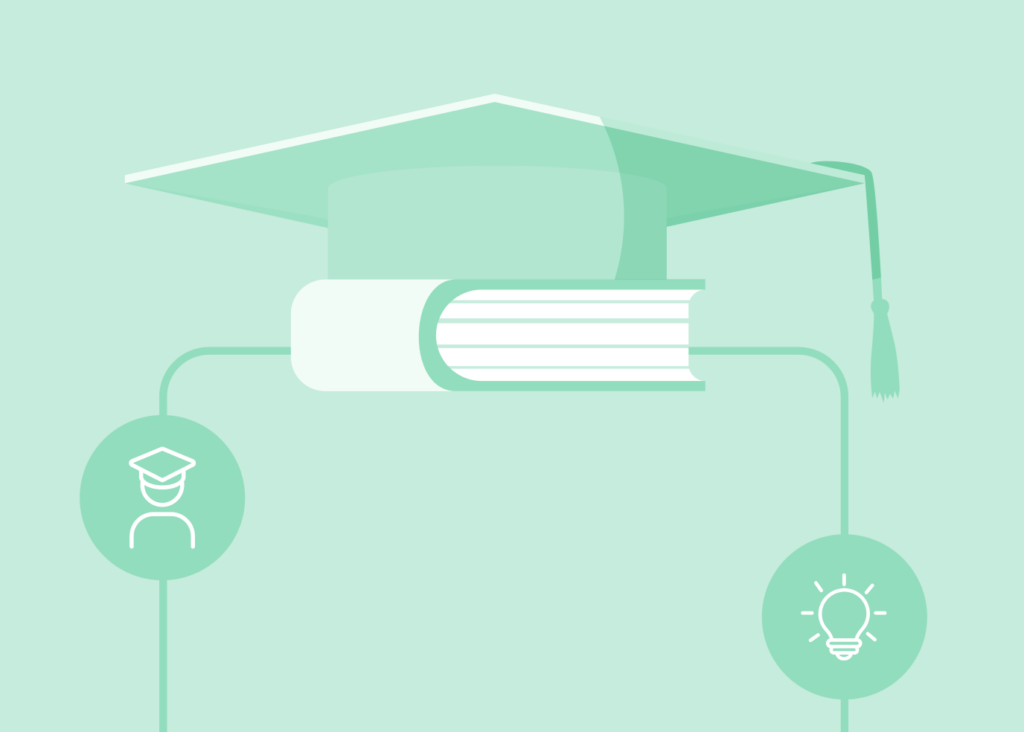In today’s increasingly demanding and evolving business environment, productive and engaged teams are essential for the success of organizations. Staying competitive means becoming more agile and adapting to the rapid change that has characterized work culture in recent years. To achieve a healthy environment for teams, leaders must first recognize and value each team member’s individual personality, working style, and motivators.
Without an understanding of how team members function, such as how they stay productive or respond to feedback, leaders miss out on creating an environment that optimizes employee satisfaction and engagement—and in turn, productivity and performance. The more toxic the workplace, the more likely employees are to leave. In fact, recent research shows that a poor work culture makes individuals ten times more likely to quit.
Tools like the Enneagram offer a deep dive into personality types that leaders and team members need to be empathetic and understanding of each other. This provides both a foundation and framework leaders can leverage to improve work culture and the performance of their teams.
In this blog, we’ll outline what the Enneagram is, the nine different types, and how understanding the Enneagram at your organization can transform your team’s engagement and productivity.
About the Enneagram
The Enneagram is a typology system that offers comprehensive insights into the core worldviews, strengths, motivations, and fears of individuals. More than a simple personality test, the Enneagram provides an in-depth explanation of the behavior patterns and triggers of nine main personality types. The Enneagram takes into account the billions of unique people and recognizes that individuals generally have a dominant type as well as several variations (called “wings”) that make up their whole personality. As a tool for the workplace, the Enneagram is beneficial for both the personal and professional development of employees.
The Enneagram’s nine personality types include:
- Type 1, Perfectionist: Thorough, responsible, determined to do things right.
- Type 2, Giver: People-oriented, empathetic, supportive communicators.
- Type 3, Performer: Enthusiastic, productive, motivated to take quick action.
- Type 4, Romantic: Authentic, thoughtful, enjoy making personal connections.
- Type 5, Observer: Strategic, private, seek to develop technological knowledge.
- Type 6, Loyalist: Dependable, loyal, strive to find solutions to problems.
- Type 7, Enthusiast: Adaptable, positive, look for opportunities in challenges.
- Type 8, Challenger: Assertive, proactive, stay strong to their opinions.
- Type 9, Mediator: Balanced, steady, strives for harmony and cooperation.
Essential benefits of the Enneagram at work
The Enneagram gives leaders a developmental framework to help their teams become more empathetic, engaged, and productive long-term. Understanding the Enneagram has four main benefits for professional teams:
Communication
Workplace conflict can take many forms, but the most common cause of issues between employees is poor communication. These types of conflicts are rarely because team members lacked interpersonal skills, but they each have unique communication styles and expectations. More than interpersonal expertise, employees must also have self-awareness of their own biases, perspectives, and cultural differences with other team members.
The Enneagram makes it possible for individuals to not only understand where they are coming from during a conflict but why. This greater sense of personal understanding amidst conflict makes it easier to empathize with team members who share different opinions and ideas. Additionally, the Enneagram helps improve emotional awareness and listening skills to help minimize conflict and resolve it quickly when it arises.
Pro tip: On the FormAssembly marketing team, we use a “how to work with me” at-a-glance reference document to better understand each other’s work styles. We also include our Enneagram numbers in this document to inform coworkers about how we communicate, as well as our fears and motivators.
Collaboration
Teams that struggle to communicate well will also have difficulty collaborating effectively. While no conflict may exist, a lack of understanding between employees can show up in disjointed projects, unconstructive meetings, and missed deadlines. In a work environment that remains hybrid or fully remote, effective collaboration through chat and video software is necessary for organizational success.
Optimizing collaboration during meetings begins with knowing how each employee typically operates. By using the Enneagram as a resource for improving collaboration, leaders can encourage the strengths of each personality type and limit the behaviors that may derail the conversation. The result is collaborative employees in productive meetings instead of frustration and wasted time.
Engagement
Without understanding a team member’s motivations and working styles, leaders won’t be able to properly support and motivate them. Consequently, employees will begin to feel undervalued, making it difficult for them to remain satisfied and engaged at work. Resolving these tensions between team members and leaders takes knowing what each employee needs to feel cared for and safe at work.
Viewing team members through the Enneagram lens facilitates a level of understanding of an individual’s professional motivators. Whether encouragement, autonomy, or more collaboration, when each employee’s working style is understood, engagement rises. Leaders who use the Enneagram to increase employee engagement can ensure that projects, meetings, and tasks benefit the needs of everyone, which can ultimately improve morale and productivity.
Productivity
Team members are hired for specific skill sets, but many times, leaders overlook that each employee comes with a unique mindset as well. This mindset, which is home to a core set of drivers, must be understood for an individual to excel at work. No leader should assume that each employee communicates and is motivated by the same things or will be optimally productive under certain circumstances simply because another team member is.
The Enneagram’s dive into an individual’s motivations can help demonstrate what they need from team members and leaders to be highly productive. This deeper understanding provides a clear path toward improved productivity. Like all others, the benefits of the Enneagram are circular: With awareness of each employee’s communication style and preferences, teams can better collaborate, which boosts engagement and ultimately drives productivity.
Leveraging the Enneagram in the workplace
As a team-centric company, our team at FormAssembly strives to create a work environment that is supportive, connected, and welcoming and hires top talent from around the world who embody our core values and goals. One way we help each of our team members embrace this inclusive work culture is with the Enneagram. Many of our teams use this powerful tool to maximize team engagement, collaboration, and productivity through a clear understanding of each team member’s Enneagram type, personality, and work style.
Being a fully remote team, this level of understanding of our team members is vital to the ongoing success of our departments and company. In addition to learning more about each other while we’re spread out all over the world, our annual company-wide reunions create the opportunity for us to gather, connect, learn, and plan for the future together as an inclusive, supportive team. Read the recaps of our past reunions from 2017, 2018, 2019, 2020, and 2021 to learn more about this FormAssembly tradition and why it means so much to us! You can learn more about FormAssembly’s culture here.
Discover the Enneagram for your team
The Enneagram provides a roadmap for ways teams at any organization can use the unique traits and working styles of employees to improve communication, engagement, and more. To learn more and take your team to a new level of productivity, visit The Enneagram Institute.

